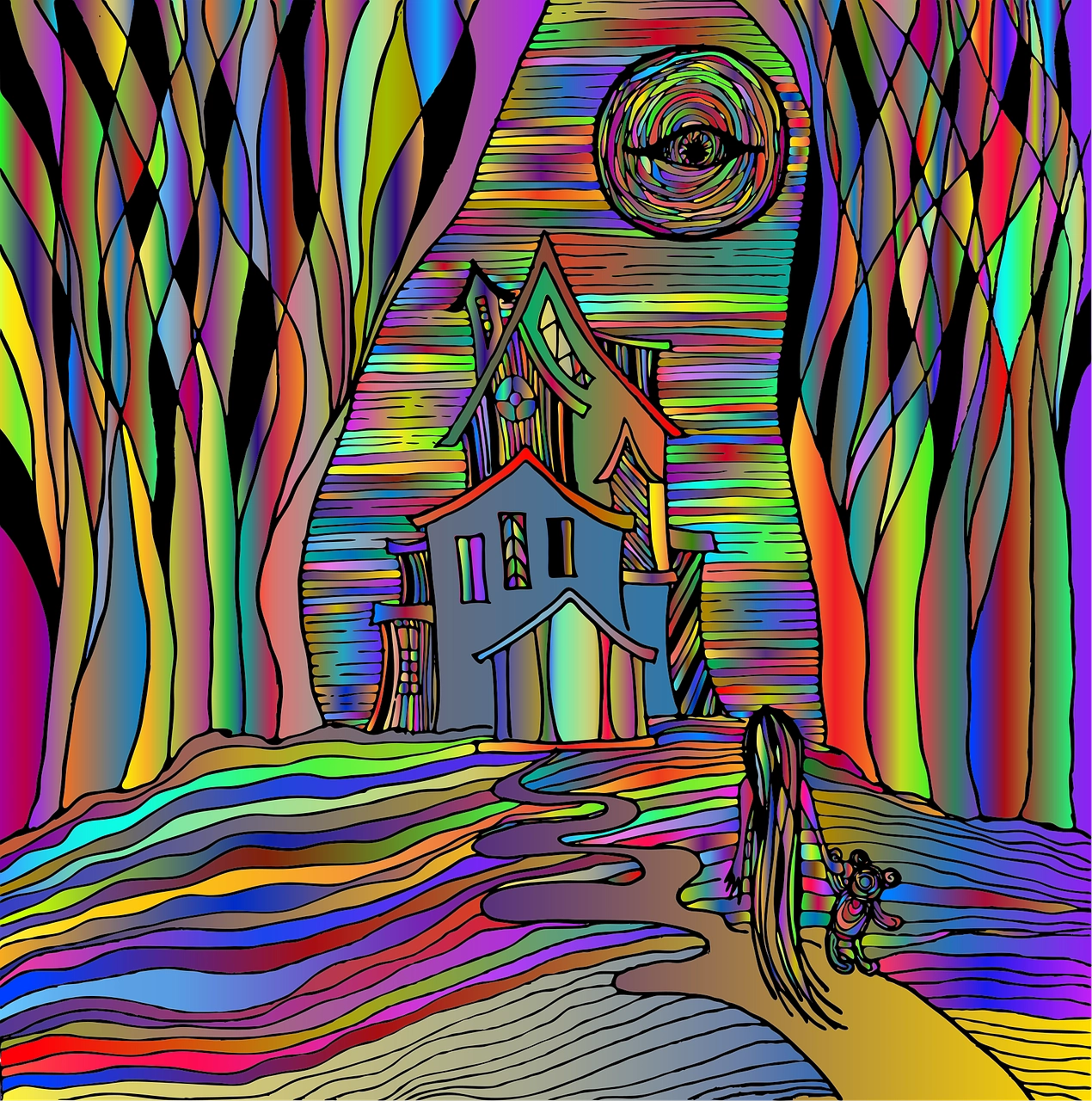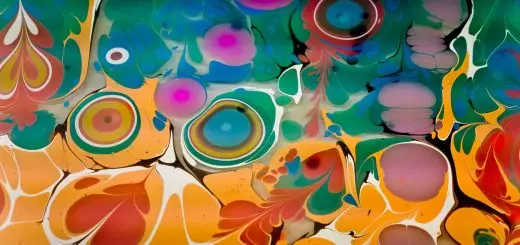Indus Valley Civilization: Discovery and Impact

Looking for more amazing products? Check out our online store and explore our collection here! Happy shopping!
Before diving in, please note: This post is for informational purposes only. If you’d like to know more about how we approach topics, feel free to check out our friendly Disclaimer Page.
Hey there, amazing readers! 
We’re committed to delivering quality posts, and your support (even just sticking around despite the ads) means everything to us. So, bear with us, and thanks for helping us keep the good vibes rolling. Now, on to the fun stuff!
TRANSLATE BUTTON AT THE END OF THE ARTICLE
A Quick Overview
The Indus Valley Civilization, one of the oldest urban civilizations in the world, flourished in the northwestern regions of South Asia around 3300 – 1300 BCE.
This ancient civilization was known for its advanced urban planning, sophisticated technology, and extensive trade networks.
Discovered in the 1920s, the Indus Valley Civilization has fascinated archaeologists and historians alike with its intricate artifacts and well-preserved structures.
In this article, we will delve into the discovery, impact, and legacy of this remarkable ancient civilization.
Unearthing the Indus Valley Civilization
The Indus Valley Civilization was first discovered by British archaeologist Sir John Marshall in the early 1920s.
Excavations at sites such as Harappa and Mohenjo-Daro revealed well-planned cities with advanced drainage systems, brick houses, and public baths.
The meticulous excavation work provided insights into the daily life, culture, and societal structure of the Indus Valley people.
The discovery of artifacts such as seals, pottery, and jewelry shed light on their trade practices and artistic skills.
The uncovering of these ancient remains offered a glimpse into a sophisticated civilization that predates many others in the region.
Archaeological Discoveries in South Asia
The archaeological discoveries in South Asia have uncovered a wealth of information about the ancient civilizations that once thrived in the region.
The excavations at various sites across India, Pakistan, and Afghanistan have revealed the rich cultural heritage of these early societies.
The artifacts found in these excavations have provided valuable insights into the economic, social, and religious practices of the people who lived during that time.
The discoveries have also challenged previous notions about the development of urban societies and the complexity of ancient civilizations.
Origins and Development of an Ancient Civilization
The origins of the Indus Valley Civilization can be traced back to the Neolithic and Chalcolithic periods when agricultural communities began to settle in the fertile regions along the Indus River.
Over time, these communities evolved into the sophisticated urban centers that characterized the peak of the Indus Valley Civilization.
The development of trade routes, agricultural practices, and craftsmanship played a crucial role in the growth and prosperity of this ancient civilization.
The organized layout of cities such as Mohenjo-Daro and Harappa showcased the meticulous planning and foresight of the Indus Valley people.
Urban Planning and Advanced Technology
One of the most striking features of the Indus Valley Civilization was its advanced urban planning and infrastructure.
The cities of Mohenjo-Daro and Harappa were meticulously laid out, with well-planned streets, drainage systems, and public buildings.
The use of standardized weights and measures indicated a high level of sophistication in trade and commerce.
The advanced technology employed in the construction of brick houses, public baths, and granaries showcased the engineering prowess of the Indus Valley people.
Their knowledge of metallurgy, pottery making, and bead manufacturing further demonstrated their technological advancement.
Trade and Contacts with Mesopotamia
The Indus Valley Civilization had extensive trade networks that extended to regions as far as Mesopotamia in present-day Iraq.
Archaeological findings have revealed seals and artifacts from Mesopotamia in the ruins of Harappa and Mohenjo-Daro, indicating a thriving trade relationship between the two civilizations.
The Indus Valley people traded in goods such as precious metals, gemstones, pottery, and textiles, establishing themselves as prominent merchants in the ancient world.
The exchange of ideas, technology, and culture through these trade routes enriched the Indus Valley Civilization and paved the way for cultural diffusion in the region.
Art and Culture of the Indus Valley People
The art and culture of the Indus Valley people were characterized by intricate pottery, seals, jewelry, and figurines.
The discovery of seals with inscriptions in a yet-to-be-deciphered script hinted at a sophisticated writing system.
The intricate designs on pottery and jewelry showcased the artistic skills of the Indus Valley artisans.
The depictions of animals, humans, and mythical figures on seals and figurines provided a glimpse into the religious and cultural beliefs of the civilization.
The diverse range of artifacts unearthed at archaeological sites revealed a vibrant and creative society that valued craftsmanship and aesthetics.
Decline and Mysterious Disappearance
The decline of the Indus Valley Civilization remains a subject of debate among historians and archaeologists.
Several theories suggest that environmental factors such as climate change, floods, or droughts may have contributed to the decline of urban centers.
The invasion of nomadic tribes or internal conflicts could have also played a role in the downfall of the civilization.
The sudden abandonment of cities such as Mohenjo-Daro and Harappa remains a mystery, leaving scholars to speculate about the eventual fate of the Indus Valley people.
The enigmatic disappearance of this ancient civilization continues to intrigue researchers to this day.
Influence on Indian Subcontinent
The Indus Valley Civilization had a profound influence on the Indian subcontinent, shaping the cultural, social, and economic landscape of the region.
The urban planning techniques, agricultural practices, and trade networks established by the Indus Valley people laid the foundation for subsequent civilizations in South Asia.
The knowledge of metallurgy, craftsmanship, and urban living passed down through generations, influencing the development of later societies in the region.
The Indus Valley Civilization’s legacy can be seen in modern-day India and Pakistan, where remnants of the ancient culture continue to inspire and captivate.
Legacy of the Indus Valley Civilization
The legacy of the Indus Valley Civilization extends beyond its archaeological remains to encompass its impact on subsequent civilizations and cultures.
The sophisticated urban planning, advanced technology, and artistic achievements of the civilization have left an indelible mark on the history of South Asia.
The writing system, trade practices, and societal structures of the Indus Valley people influenced the development of early Indian societies and contributed to the region’s cultural diversity.
The legacy of the civilization serves as a reminder of the achievements and resilience of ancient civilizations in the face of environmental challenges and societal changes.
Impact on Modern Society and Architecture
The Indus Valley Civilization’s impact on modern society and architecture can be seen in the continued use of urban planning techniques, construction methods, and artistic motifs inspired by the ancient culture.
The grid layout of cities, the use of standardized weights and measures, and the emphasis on public infrastructure can be traced back to the Indus Valley Civilization.
The brick houses, drainage systems, and public baths of Harappa and Mohenjo-Daro have influenced contemporary architectural practices in the region.
The artistic motifs found on seals, pottery, and jewelry continue to inspire designers and artists today, bridging the gap between ancient traditions and modern aesthetics.
Lessons from the Indus Valley Civilization
The Indus Valley Civilization offers valuable lessons in urban planning, sustainability, and cultural exchange that are relevant to contemporary society.
The meticulous organization of cities, the efficient use of resources, and the emphasis on public welfare underscore the importance of sustainable development.
The civilization’s openness to trade, cultural exchange, and technological innovation highlights the benefits of embracing diversity and collaboration.
The resilience of the Indus Valley people in the face of environmental challenges serves as a reminder of the need to adapt and innovate in an ever-changing world.
By studying the achievements and shortcomings of the ancient civilization, we can glean insights into building a more inclusive, resilient, and sustainable society.
Preserving the Rich History of an Ancient Culture
Preserving the rich history of the Indus Valley Civilization is essential to understanding the complexities and achievements of this ancient culture.
Archaeological sites such as Harappa and Mohenjo-Daro require meticulous conservation efforts to ensure that future generations can appreciate and learn from these invaluable relics.
The artifacts, structures, and inscriptions unearthed at these sites offer a window into the past and provide a connection to our shared human history.
By investing in research, conservation, and education, we can unlock the secrets of the Indus Valley Civilization and unravel the mysteries surrounding its decline and disappearance.
Preserving the legacy of this ancient culture is not only a testament to our shared heritage but also a reminder of the achievements and resilience of early human societies.
Conclusion
The Indus Valley Civilization stands as a testament to the ingenuity, creativity, and resilience of early human societies.
The discovery and impact of this ancient civilization have reshaped our understanding of urban development, technology, and cultural exchange in the ancient world.
The legacy of the Indus Valley Civilization continues to inspire and captivate researchers, historians, and enthusiasts worldwide.
By studying the achievements and challenges of this remarkable civilization, we can gain valuable insights into building a more sustainable, inclusive, and resilient society for future generations.
The preservation of the rich history of the Indus Valley Civilization is crucial in unraveling the mysteries of the past and honoring the achievements of our ancestors.

The Enlightenment Journey is a remarkable collection of writings authored by a distinguished group of experts in the fields of spirituality, new age, and esoteric knowledge.
This anthology features a diverse assembly of well-experienced authors who bring their profound insights and credible perspectives to the forefront.
Each contributor possesses a wealth of knowledge and wisdom, making them authorities in their respective domains.
Together, they offer readers a transformative journey into the realms of spiritual growth, self-discovery, and esoteric enlightenment.
The Enlightenment Journey is a testament to the collective expertise of these luminaries, providing readers with a rich tapestry of ideas and information to illuminate their spiritual path.
Our Diverse Expertise
While our primary focus is on spirituality and esotericism, we are equally passionate about exploring a wide range of other topics and niches 

To ensure we provide the most accurate and valuable insights, we collaborate with trusted experts in their respective domains 
Our blog originally focused on spirituality and metaphysics, but we’ve since expanded to cover a wide range of niches. Don’t worry—we continue to publish a lot of articles on spirituality! Frequently visit our blog to explore our diverse content and stay tuned for more insightful reads.
Hey there, amazing reader! 
Check out our store here and take a peek at some of our featured products below! Thanks for being awesome!











